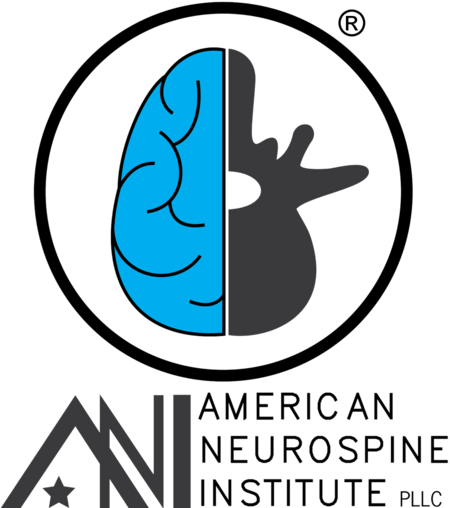Revision Surgery at American Neurospine Institute with Dr. Ripul Panchal
Welcome to the American Neurospine Institute, where we specialize in Revision Surgery. Dr. Ripul Panchal is a distinguished specialist in this field, dedicated to enhancing your health and well-being. Explore our Q&A, symptoms, treatment information, and contact us at (972) 806-1188.
Q&A About Revision Surgery:
Q1: What is Revision Surgery?
A1: Revision Surgery is a medical procedure performed to correct or improve the results of a previous surgery. It is typically necessary when the initial surgery did not achieve the desired outcome or complications arise.
Q2: What conditions can be treated with Revision Surgery?
A2: Revision Surgery can be used for various medical conditions, including spine surgery complications, joint replacements, and surgeries that require correction due to factors like infection or implant failure.
Q3: How does Revision Surgery work?
A3: Revision Surgery involves a careful evaluation of the previous surgery’s outcomes and complications. The surgeon then develops a plan to address these issues, which may involve adjusting or replacing the previous implants or correcting surgical errors.
Symptoms Indicating the Need for Revision Surgery:
Persistent Pain: Ongoing pain or discomfort that was not resolved by the initial surgery.
Limited Mobility: Difficulty moving, even after the initial surgical intervention.
Complications: Infection, implant failure, or other issues resulting from the previous surgery.
Revision Surgery Treatment Benefits:
- Improved pain management and relief.
- Enhanced mobility and function.
- Resolution of complications and improved surgical outcomes.
- Enhanced overall quality of life.
Ready to explore the benefits of Revision Surgery? Contact us at (972) 806-1188 to schedule a consultation with Dr. Ripul Panchal and our dedicated team.


